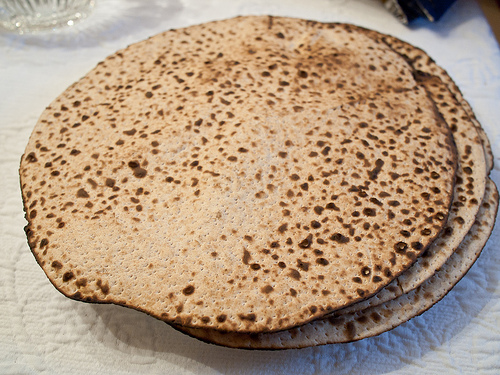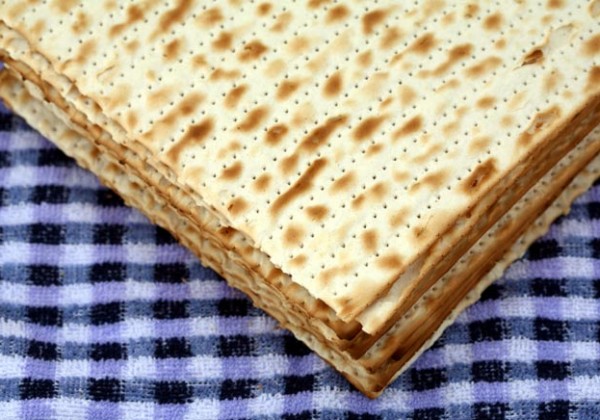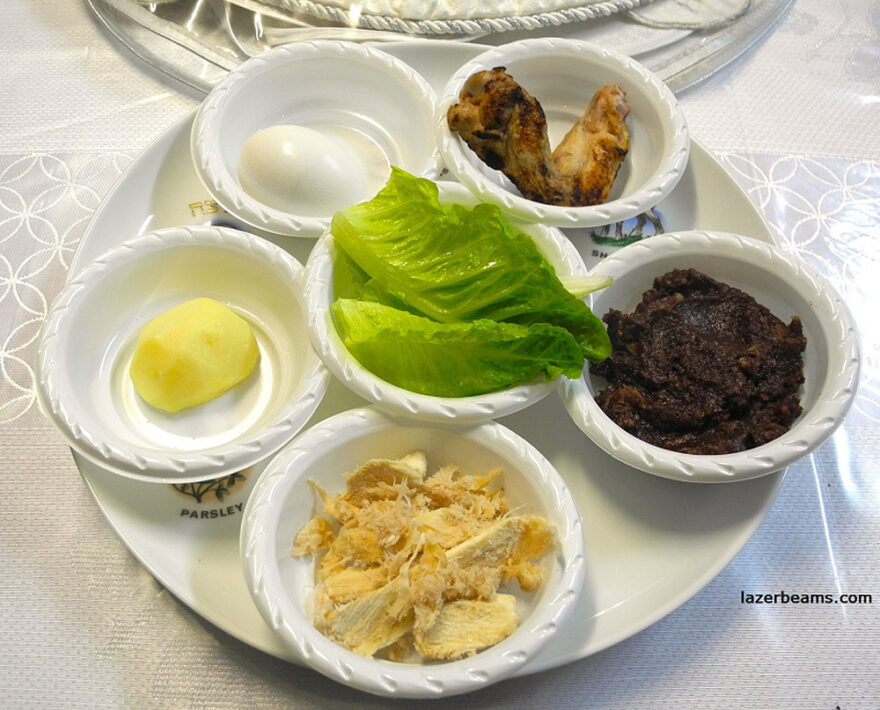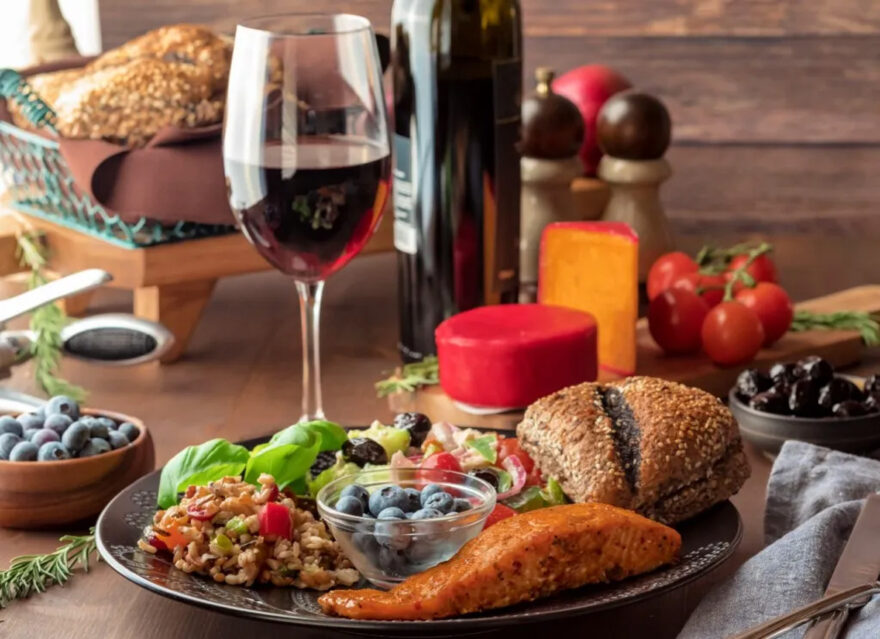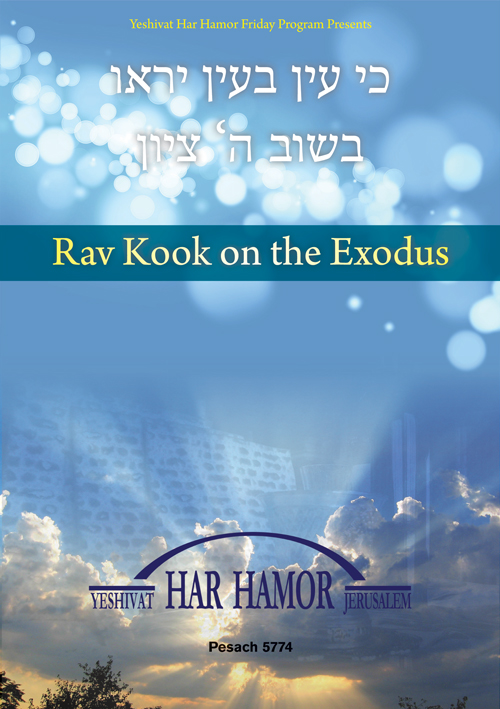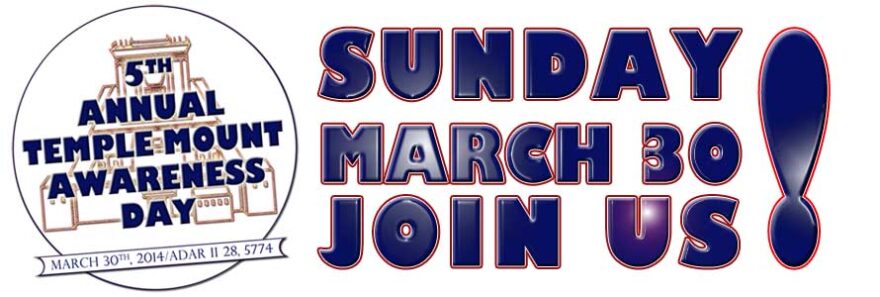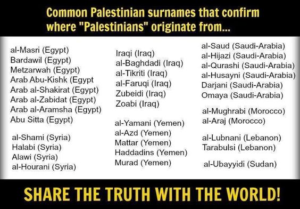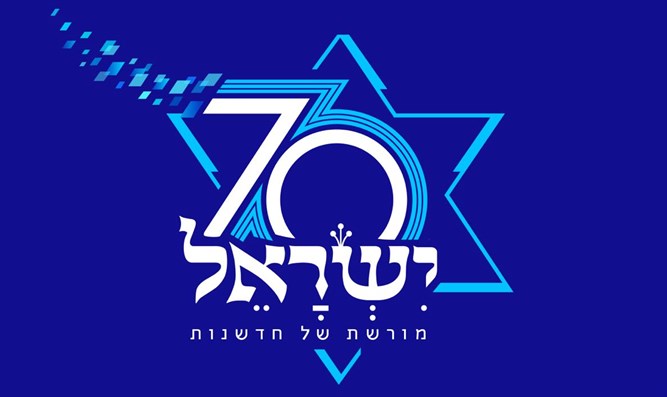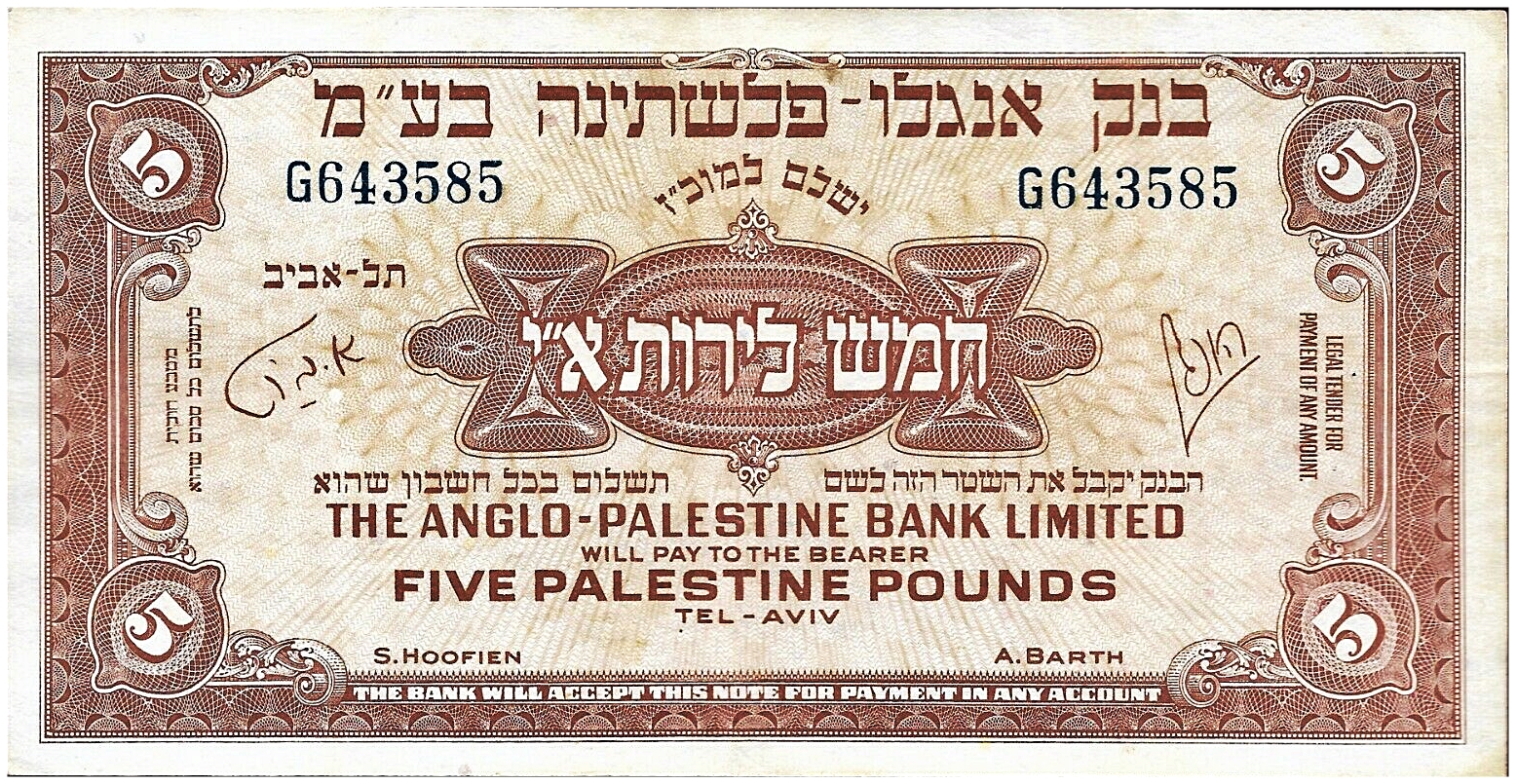| Bentley ad for shmura matza from orit Samuels on Vimeo. | |
Traditional shmurah matzah for your Passover table |
|
|
Traditional handmade shmurah matzah is recommended for seder use. Order your matzah today! Spelt and whole wheat matzah are available, too. Many local Chabad-Lubavitch centers have a limited supply of shmurah matzah available. We invite you to contact your local center for more information.
|
If you can not afford handmade shmurah matzah then please use Machine made shmurah matzah
The whole purpose of Pesach is to enjoy it and not stress out over it or out due yourself. You need to enjoy yourself with the holiday
|

Avoiding Weight-Gain and Constipation during Passover14April2024 by Lazer Brody Today’s post is coming before you do your big Passover grocery shopping. This will help you make the right choices in the supermarket, as well as when planning and serving meals. Passover’s Change in DietPassover is the freedom holiday – freedom from all types of bondage, mental and physical. But, with the drastic change in diet, many people become slaves to weight-gain and constipation. It doesn’t have to be that way. Proper matza consumption, when done in accordance with the Rambam’s principles, is actually fantastic for overall health. Following a few simple guidelines will enable you to jump over the hurdles of matza-related health problems. Here are a few important tips to remember during Passover; follow them, and you’ll enjoy freedom from both constipation and weight gain. You’ll also save a lot of money. Purchasing Tips
Eating Tips
Follow the above tips, and you’ll feel great, both during the Passover holiday and afterward. Plus, you’ll avoid the disappointment of weight-gain. G-d bless for easy Passover preparations and a lovely Passover holiday!
|
|

What Should Diabetics Do Regarding Seder?10 Nissan 5774 April 10, 2014 http://www.jerusalemkoshernews.com/2014/04/what-should-diabetics-do-regarding-seder/
The following information was released by the spokesman’s office for the Chief Rabbinate of Israel pertaining to how a diabetic may contend with the yomtov demands of seder night. The responses were provided by Chief Ashkenazi Rabbi David Lau Shlita. This refers to a diabetics using diet, tablets or injections of insulin. The Mitzvah of 4 Cups of Wine: In cases of need, one may drink only a majority of a revi’is for the last cup too. The Mitzvah of Eating Matzah: Eating Charoses: A diabetic who uses injects insulin numerous times or receives insulin via a pump usually checks blood sugar levels a number of times daily to adjust each dose. Such a person may ingest the wine and matzah and adjust the insulin accordingly to compensate, giving oneself a bit more than usual to address the increase in blood sugar. Click on the Word document to the right for the original Hebrew text: What Does a Diabetic do on seder night
|
|

6 Best Food Choices for Healthy Heart31March2024 by Lazer Brody
Fitness is 80% eating and 20% physical activity. Heart health is no exception. Although many people shy at the word “exercise”, few people back away from food. Therefore, good heart health begins in the kitchen. Let’s see what cardio-compatible eating looks like and how beneficial and tasty it is. The Rambam and the Mediterranean DietMaimonides, aka “The Rambam”, was a 12th CE Torah scholar, physician, and scientist. His laws of nutrition outshine all of the fad and extreme diets that come and go. Born in Spain, he lived in Morocco and in Egypt, where he was the personal physician of Saladin, the king of Egypt. Today’s Mediterranean diet conforms closely to the Rambam’s food choices, which I sorted into six categories, as follows: 1. Vegetables and FruitsVeggies are the all-star of the heart healthy diet. They’re nutritionally dense and packed with vitamins and minerals. They also contain phytochemicals that work synergistically for cardio health in a way that not even scientists understand. Cruciferous veggies prevent clogged arteries. Green veggies contain chlorophyll, which the heart loves. Leafy greens deliver fiber, which reduce both cholesterol and blood pressure. Veggies should be the bulk of our diet. Eat them at every meal, for they are filling and contain few calories. While fruit is also vitamin-rich and heart healthy, a person should limit fruit intake to less than 4 servings per day because of their high sugar content. Cranberries, red grapes and blueberries are especially good for the heart.
Rule of thumb: stick to natural, unprocessed veggies and fruits. Avoid commercial fruit juices for the are super-high caloric and high in sugar. Natural fruit sugar is healthiest when eaten naturally, with the fruit’s pulp and fiber. What’s more, the higher the percentage of veggies and fruit in your diet, the healthier you’ll be. Your food bill will also be substantially lower. With both health and budget benefits, veggies and fruit should be the bulk of your diet, as they are of the Mediterranean diet. 2. Quality ProteinHere too, natural is the key word. Fish, especially omega-3 rich fish such as sardines, salmon and mackerel are wonderful sources of protein. So are nuts and seeds, especially almonds, pumpkin seeds and sunflower seeds. Poultry, lean beef and eggs also have a big protein clout. Contrary to popular belief, one need not fear cholesterol as long as sugar and empty-carb intake is low. Don’t forget beans and lentils.
The Standard American Diet (acronym SAD, for that’s what it does to your heart) is loaded with processed, smoked and junk-food that’s inundated with chemical additives. Categorically avoid them, for they’re both unhealthy and outrageously expensive per portion. 3. Quality FatsThe “Low Fat” food products producers have given fat a bad rap in order to dupe consumers into buying their unhealthy processed products. Natural fat is healthy, because the body cannot absorb most vitamins without it.
My favorite sources of healthy natural fats are cold-pressed oils (olive, sesame and flax), avocados and omega-3 rich foods such as walnuts, sardines and salmon. As a rule of thumb, if a fat is liquid at room temperature, it’s most likely unsaturated. Coconuts and dark chocolate are also healthy sources of fat, but eat them in limitation. 4. Whole GrainsNot all carbs are criminal. Empty and refined carbs, such as white flour, white sugar and their derivatives, raise blood-sugar levels then crash, because they are nutrient-sparse and fly through the body. Avoid them at all costs.
Whole grains are the carbs of choice. Bake with whole-wheat flour. Even better, use spelt – it tastes great, it’s nutritious and it can’t be genetically modified. Complex carbs such as potatoes, yams, beans, peas and fresh corn are loaded with fiber, vitamins and minerals. Here too, always choose natural over processed. If you purchase whole-grain baked goods and pasta, make sure the additives are minimal. 5. Natural SpicesThese are my favorites. Your heart will love them. 6. Red WineA staple of Mediterranean diets is dry red wine. I contains a wide range of active compounds – polyphenols – with antioxidant and anti-inflammatory properties that are ever-so-healthy for the heart. It also has the antioxidant resveratrol, whose source is the skin of grapes. Resveratrol reduces cholesterol and lower blood pressure. The TakeawayThe more you eat naturally, the happier and healthier you’ll be. You’ll be amazed how leaving the processed and fast foods on the supermarket shelf will make your heart and your pocket happier. G-d bless for great health!
|
|

The Top Five Immune-Building Super Spices16August2023 by Lazer Brody Plants, roots and herbs – all members of the vegetative level of creation – are loaded with phytochemicals. Hashem’s PharmacyPhytochemicals are part of Hashem’s Pharmacy, the goodies of creation. These are naturally occurring chemical compounds that the Creator instilled in foodstuffs to keep us healthy, vibrant and immune to disease. While combining modern research, traditional Talmudic sources and my own experience in diet and nutritional coaching, I put together an All-Star team. This is starting lineup of the Top 5 immune-building Super Spices that we all really need with the weather getting colder.
Combining flu-season and constant COVID threats, these 5 spices are a naturally effective front-line of defense. These all-stars should always appear in your pantry. Include them in the starting lineup of your meal ingredients. Why? They are loaded with all types of powerful antioxidants with anti-inflammatory immune-system benefits. The added bonus is that these all-stars are effective fertility-enhancers as well. Vax or No-VaxWhether you’re a pro-vaccer or an anti-vaccer, these top 5 super spices should be regulars in your salads and cooking ingredients. They’ll protect against COVID like they protect against other viruses. And, even if a person becomes infected, they’ll help him bounce back to health much quicker.
Whenever you can attain them in the fresh state, that’s optimal. If fresh is not available, use dried whole. If dried whole is not available, use dried ground. Stay away from manufacturer or heat-tampered spices and commercial mixtures, which contain chemical additives that are counter-productive. Meet the All-StarsNatural herbs and spices have no side effects and the body readily absorbs them. In that respect, commercial vitamins and so-called immune-boosting meds and pharmaceuticals are no match for our top five. Combine them with proper personal hygiene, and G-d willing, you’ll stay healthy all year long. Meet the all-star spices: #1: GarlicPrefer fresh garlic cloves to dried and powder. Garlic is the captain of the team in that it supercharges the immune system, wards off colds and flu, enhances fertility, boosts heart health and combats LDL cholesterol. It’s one of nature’s leading prebiotics. As such, garlic promotes probiotic growth, the beneficial bacteria that keep your gut healthy. Garlic reduces the risk of cardiovascular diseases, has anti-tumor effects, and lowers blood glucose levels. Its juice has powerful anti-bacterial properties that can help readily heal a sty in the eye. Chop it in your salads and eat at least a good sized clove a day.
If you’re worried about garlic breath, chewing on a fresh sprig of parsley will sweeten your breath almost immediately. Garlic merited it’s #1 slot on the Top Ten because of its compound allicin. Allicin converts to a number of sulphur-containing compounds that boost the disease-fighting response of white blood cells in the body when they encounter viruses, such as the common cold or flu. Although there is no clinically-proven evidence that garlic protects against corona-virus, it’s immune-boosting properties will certainly strengthen the body’s ability to fight it or recover from it. #2: GingerIndia tradition and literature cites ginger as a prime immune booster. Ginger boasts phytochemical properties that exceed 60+ trace minerals, 30+ amino acids and more than 500 enzymes and coenzymes. They all work together to calm reactivity, fight bacteria and parasites. They also relieve migraine headaches, stimulate B12 production (critical for vegans!), fight colds and flu, relax the throat and flush the muscles of the excess lactic acid the creates soreness after a tough workout. If you wonder why the Chinese or Indian dish you tried to cook doesn’t taste authentic, it’s because you forgot the ginger! #3: TurmericThis is one of the most powerful India-originated spices with over 300 nutrients including calcium, fiber, iron, and zinc. Turmeric has cogent anti-inflammatory properties that boost immunity. It also contains anti-viral, anti-fungal and anti-bacterial properties. These further help strengthen the body’s immune function. In Israel, we have the fresh turmeric root in the winter and spring. It’s loaded with xanthophyll and beta-carotene, a cogent antioxidant and loaded with Vitamins A and C. A salad or dish with a starting lineup of ingredients that includes fresh garlic, fresh ginger and chopped turmeric root is a strong defense against disease, aging and infertility. It’s great for your respiratory system too. Where you can’t get fresh, opt for organic dried. #4: Hot PeppersThese little hotties contain capsaicin, an amazing phytochemical that helped prevent spoilage in warm climates before the invention of refrigeration. Capsaicin’s anti-microbial properties inhibit as much as 75% of bacteria growth. This makes hot peppers a mighty protector against infection. They benefit the digestive tract by reducing the acidity that causes ulcers. They also help produce saliva and stimulates gastric juices aiding digestion. Hold on – we’re not finished yet. Hot peppers lower LDL cholesterol, increase blood flow, mitigate migraines and promote heart health. They increase metabolism and promote weight loss. They’re great for the skin, fight cancer cells and prevent colds and allergies. They are also a wonderful fertility enhancer that’s effective well past middle age. #5: CinnamonOne of the important components of cinnamon – Cinnamaldehyde – fights respiratory tract infections caused by fungi. This beautifully aromatic spice, which together with turmeric are two of the eleven spices that make up the ritual incense ketoret mentioned in the Torah. Cinnamon not only tastes great, it’s a rich source of antioxidants. It also helps in giving a major boost to your immune system. What’s more, it lowers blood sugar levels and lowers one’s chances of suffering from heart disease, including high LDL cholesterol and hypertension. The TakeawayIn summary, put these top 5 super-spices in your daily diet and G-d willing you’ll boost your immunity and ward off illness. Combine the “Super 5” with overall healthy eating and regular exercise, and you’ll be dancing at the weddings of your great grandchildren. Every blessing for your good health, LB
|
|
har hamor pesach bookhar hamor pesach booka Pesach booklet compiled by Rabbi Samson’s students at Yeshivat Har Hamor.
|
|
Pesach Seder From Rav Shalom Arush
Chut Shel Chessed By Rav Shalom Arush Shilita Practices and Halacha for Seder Night Everything starts with Emuna. A person prepares himself as well as he can and prays as much as he can and he has a desire that everything will go ok, but Hashem has his plan and therefore everything begins with Emuna that ‘everything is for the best’ and ‘this is the way Hashem wants it to be’. When Rabbenu wrote that there is a concept of “lo b’seder” (not ok/not in order), it means that there is ‘seder’ (things are ok/things are in order) from the point of view of Hashem, but from the point of view of man, it seems that things are not b’seder (not ok) and that person needs to accept it with Emuna.
One should arrange the table and the seder plate on erev Chag, during the day. We arrange the seder plate is according to the Ari (that means in the shape of two ‘segolim’ [a Hebrew vowel with three dots]). We place the three matzot (representing the sefirot – chachma, bina and daat) and place over them a nice cloth, and on the plate we place the zeroa (shankbone) on the right side (representing the sefira of chessed), the egg on the left side (representing the sefira of gevura), the maror that we bless on under the two of them in the middle (representing the sefira of tiferet). The charoset goes below the shankbone (representing the sefira of netzach), the carpas (parsley) goes below the egg (representing the sefira of hod) and the maror that we use for ‘corech’ goes below the two of them in the middle (representing the sefira of yesod) (and the plate itself represents the sefira of malchut); as follows: Egg Shankbone Maror (for bracha) Parsley Charoshet Maror (for corech)
Before making Kiddush, the leader of the seder should inform everyone: “I will have the intention to fulfil the obligation on your behalf in all of the blessings on the wine, on the Kiddush and on the Shechechiyanu. It is your obligation to intend that the blessing of shechechiyanu should cover the mitzvahs of eating the matza and on the entire Pesach itself. Also, after making Kiddush, everyone should drink while leaning to the left.” Everyone should say the “l’shem yichud…” (“for the sake of the unification…”) which appears in most Haggadahs and also say the prayer for preparing oneself to drink the four cups of wine [which appears below – at the end of this sheet].
One should explain to the children that there is a halacha that if a person eats something dipped in a liquid, one should wash his hands before eating it. Even though the whole year we are lenient not to follow this law, on seder night we are strict on this in order to cause the children to ask questions and to stay interested.
One should take care to specifically buy the vegetable called ‘carpas’ (ie “celery”) because there are important kabbalistic issues in this (and one should be careful to buy vegetables that are grown free of worms!). The leader of the seder should remind everyone that eating the carpas is a preparation for eating the maror and his intention should be that his bracha “…borei peri ha’adamah” that he makes on the carpas also covers the maror. A person should not eat more than a kazayit of carpas in order not to obligate himself to make an ‘after bracha’. (If he erred and ate more than a kazayit, he does not make an after bracha). Also, we do not lean while eating the carpas because it teaches about the bitterness of the slavery and leaning is a sign of freedom. One should leave a little of the carpas on the seder plate because according to the kabbalah the seder plate should remain complete until after eating the matza and maror.
Before breaking the middle matza, the leader of the seder should announce in a loud voice in order that everyone hears: “Just like we break the matza, Hashem split the sea into twelve parts when we left Egypt.” This matza should be split into two pieces, the larger piece into the shape of the Hebrew letter “vav” and the smaller piece into the shape of the Hebrew letter “dalet” or into a square shape.
Before reading the Haggadah (ie ‘magid’) one should read the passage from the Zohar that appears in some Haggadahs, which explains the importance of the Haggadah. The Haggadah is read together out loud by all those present and with ‘crying out’ as described by Rabbenu [see Likutei Moharan, 20:10] and there are sections that are sung together (like “Ha Lachma Anya” etc, and each family should follow its own customs in this regard). We read a section together and then stop and explain that section (sometimes explaining the section beforehand, and the entire seder should follow the same pattern, in a way comfortable for you). One should be careful however not to overly lengthen the explanations. In principle, one should explain the section of Rabban Gamliel “anyone who did not say these three things on Pesach did not fulfil his obligation, and these are Pesach, Matza and Maror. Pesach which are forefathers ate at the time the Temple stood for what reason… Matza which we eat for what reason… Maror which we eat for what reason…”
Before drinking the second cup of wine, the leader of the seder should remind all present (including men) to drink the wine while leaning. All should say together the “l’shem yichud” that appears in Haggadahs and also the special prayer before drinking the four cups [as written out at end of this article]. There are those that follow the Shulchan Aruch not to make a bracha on the second cup and those that follow the Rama who says to make a bracha.
Before washing the hands, the leader of the seder should remind those present that the only mitzvah d’oraitta (Torah commandment) that we still have on seder night since the destruction of the Temple (that it should be rebuilt speedily in our day) is the mitzvah to eat matza. The rest of the mitzvot are only Rabbinic nowadays. Therefore everyone should intend to fulfill the mitzvah of eating matza for the sake of the Torah commandment “ba’erev tochlu matzot” (“in the evening you shall eat matza”).
The matza for seder night for the mitzvah of eating matza should be handmade shmura matza (meaning guarded from the time of harvesting). (One who wants to eat ‘soft matza’ has on whom to rely. However, the custom is to eat hard matza). The matza used for the ‘corech’ can be machine-made matza, and so too the matza used for the rest of the days of Pesach should also be machine-made matza particularly. [This is explained by the Yalkut Yosef for two reasons, firstly there are those who believe that machine matza is more ‘mehudar’ and secondly as handmade are more expensive, there is no need to spend the extra money – and if a person has money to spend he is advised to buy the less expensive machine made ones and give the saving to the poor].
For the purpose of Maror, one should take lettuce leaves for each one of those present (and be careful to buy vegetables grown free of worms). Before eating the maror, dip it in charoset and shake off the charoset from the leaves in order not to cancel out the taste of the maror. Say the “l’shem yichud” which appears in the Haggadah, and eat the maror without leaning. The way of eating it should be the way one normally eats lettuce, comfortably and without pausing, and without looking at the clock at all.
For the purpose of corech, one can use machine made matzot. One should take a kazayit of matza from the bottom piece and a kazayit of maror (if there is not enough matza in the bottom piece for all those present, one can take other shmura matza) dip them in charoset (and now there is no need to shake off the charoset), say the section in the Haggadah “Zecher lemikdash ke’Hillel” and eat while leaning, without a bracha. The way of eating should be relaxed and without pausing and without looking at the clock at all.
There are those who have a custom to eat eggs at the beginning of the meal. At the meal, we do not each sharp (charif) food, instead only sweet food. (Therefore also the meat or chicken on this night should be marinated in sweet sauce, for example honey etc). One should not eat roasted meat at this meal, even roasted chicken. A wise person will not eat too much in order that he will have an appetite for the afikoman and not eat it on a full stomach.
One should be careful to eat the afikoman before midnight (halachic chatzot). However, Hallel can be said after chatzot. Ideally (l’chatchila), one should give to all present a small piece of matza from the afikoman and if there is not enough matza he should take from other shmura matza, and one can also use machine made matza. One should eat a kazayit of matza while leaning (including women), for the purpose of the afikoman in memory of the korban Pesach, and there are those who are strict to eat an additional kazayit of matza that was eaten at the time with the korban Pesach. Those who are strict to do so will be blessed. Before eating one should say the “l’shem yichud” appearing in the Haggadah. The way of eating should be relaxed and continuous and without looking at the clock at all. After eating the afikoman, one shouldn’t eat anything else and it is permitted only to drink the final two cups of wine, and water, in order that the taste of the afikoman should remain in one’s mouth.
Before birkat hamazon, the leader of the seder should remind those present (including women) to drink the wine while leaning. Before drinking the third cup, everyone should say together the “l’shem yichud” and also the prayer prepared for drinking the four cups.
The Hallel should be sung like they sing it in Chut Shel Chessed, and when you get to the place where it says “Hodo Lashem Ki Tov, Ki Leolam Chasdo” and also “Ana Hashem Hoshia Na” one should say it like we do in prayers, meaning the leader says it out loud and the others reply, in the usual way).
Before drinking the fourth cup of wine, the leader of the seder should remind those present (including women) to drink the wine while leaning. Before drinking the fourth cup, everyone should say together the “l’shem yichud” and also the prayer prepared for drinking the four cups. There are those who follow the Shulchan Aruch not to make a bracha for the fourth cup, and there are those who follow the Rema to make a bracha. After drinking the fourth cup, one should not eat anything and not drink anything other than water.
After saying the prayer “Chasal Seder Pesach”, one should sing all the piyutim and songs written in the Haggadah whose foundations are the heights of Holiness.
Prayer Before Drinking the Four Cups of Wine [Note: Insert the appropriate wording for each of the four cups.] Behold, I hereby bind myself in the positive obligation of drinking four cups of wine, on this festival of Pesach, to all the true Tzaddikim of our generation and to all the true Tzaddikim who rest in the dust, the Holy ones who rest in the ground, and in particular to our Holy Rabbenu, the foundation of the world, the flowing stream and source of wisdom, Rabbenu Nachman the son of Simcha, the son of Feige, whose merit shall protect us and all of Israel, Amen. For the sake of the unification of the Holy One Blessed Be He and the Shechina in awe and love, and in love and awe, to unify the Holy name of Havaya, the letter yud and the letter hei and the letter vav and the letter hei, in a complete unification for the sake of all Israel. I hereby prepare myself to fulfill the will of Hashem to fulfill the mitzvah of drinking the [first / second / third / fourth] cup from the four cups, which corresponds to the letter [yud / first hei / vav / last hei] oftheHoly name Havaya which is [Chochma / Bina / Tiferet / Malchut]. May it be Your will, Hashem, my G-d and G-d of our forefathers, that I merit through drinking this cup to “the one who merits will be made a head” that I merit to rectify my mind, for wisdom, for an expanded mind (mochin d’gadlut). And that I merit through drinking this wine that my mind is uplifted and my intellect expanded until I rise up to the root of intellect (daat), which is an aspect of the root of Torah and mitzvot, through which I will merit to desire and strengthen myself to fulfill the Torah completely, and save me from “the one who does not merit will be made poor”, save me from a contracted mind (mochin d’katnut) and from sadness. That I merit from drinking this wine to “the one who merits will be happy” that I merit wine that makes one happy, and merit great happiness and very great joy, and through this to increase in telling stories of leaving Egypt, and save me from “the one who does not merit will be made desolate” and save me from wine which causes drunkedness, and that I will merit from drinking this wine to clarify and rectify the imagination completely, which is Holy Emuna. And that I merit by drinking this wine to wake up from sleeping in materiality and spirituality, meaning that I merit to be bound to Hashem always and guard me that I do not fall into sleeping in materiality and spirituality, and that I merit in drinking this wine to rectify the blemish of Adam HaRishon that drank the wine which Chava squeezed for him. Master of the Universe, make it that by drinking this [first / second / third / fourth] cup of wine, that I merit [complete faith / prayer / miracles / the Land of Israel], that I merit the Holiness of the Land of Israel completely, and that now already the Holiness of the Land of Israel shall be revealed. And nullify from me completely the husk of [the “storm wind” / the “great cloud” / the “blazing fire” / “Noga”] and nullify from me completely [the spirit of foolishness / the spirit of licentiousness / the spirit of arrogance / the spirit of impurity]. This cup shall correspond to the language of redemption of [“v’hotzaiti etchem” (I took you out) / “v’hitzalti etchem” (I saved you) / “V’ga’alti etchem” (I redeemed you) / “v’lakachti etchem” (I took you out)]. And may it be Your will my G-d and G-d of my forefathers that you take all of Your people Israel from all four corners of the world and bring them quickly to the Land of Israel, and bring our righteous Moshiach and build our Holy Temple and reveal Your Kingship completely, Amen. May the pleasantness of the Lord our G-d be upon us, and the work of our hands establish for us, and the work of our hands establish it (“va yehi noam Hashem Elokenu alenu umaaseh yadenu konnena alenu unmaaseh yadenu konnenehu”).
|
|
| On Sunday, April 6, Rosh Chodesh Nisan, (the first day of the month of Nisan), called by Torah, “the first of your months,” (Exodus 12:2), at the conclusion of a full day of divrei Torah and explication on the practical considerations of performing the korban Pesach – Passover offering – in our day, the gathering of students and Jews desirous of being as ready as possible for the renewal of the korban Pesach came together one more time in a courtyard of the Old City of Jerusalem, to take part in what may best be described as a Passover offering rehearsal. Led by the Director of the Temple Institute, and Rabbi Yisrael Ariel, the Institute’s Founder, with the assistance of licensed experts in the practice of shechitah – Jewish ritual slaughter – the purpose of the event was two-fold: to perform a kosher shechita of the year-old lamb, while providing a detailed explanation to the students as to the intricacies and necessities of the kosher slaughter, which began with the inspection of the lamb for physical blemishes, the presence of which would render the lamb unqualified for kosher shechita, and concluding with the actual slaughter of the animal, in a precise and Biblically mandated fashion that ensures a quick and painless demise.
|


